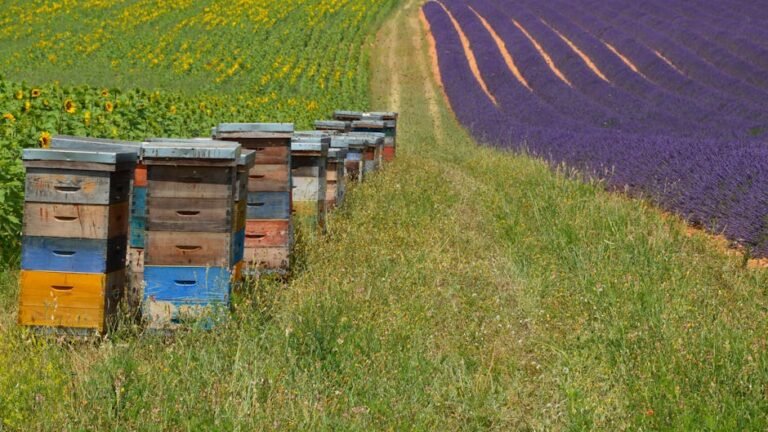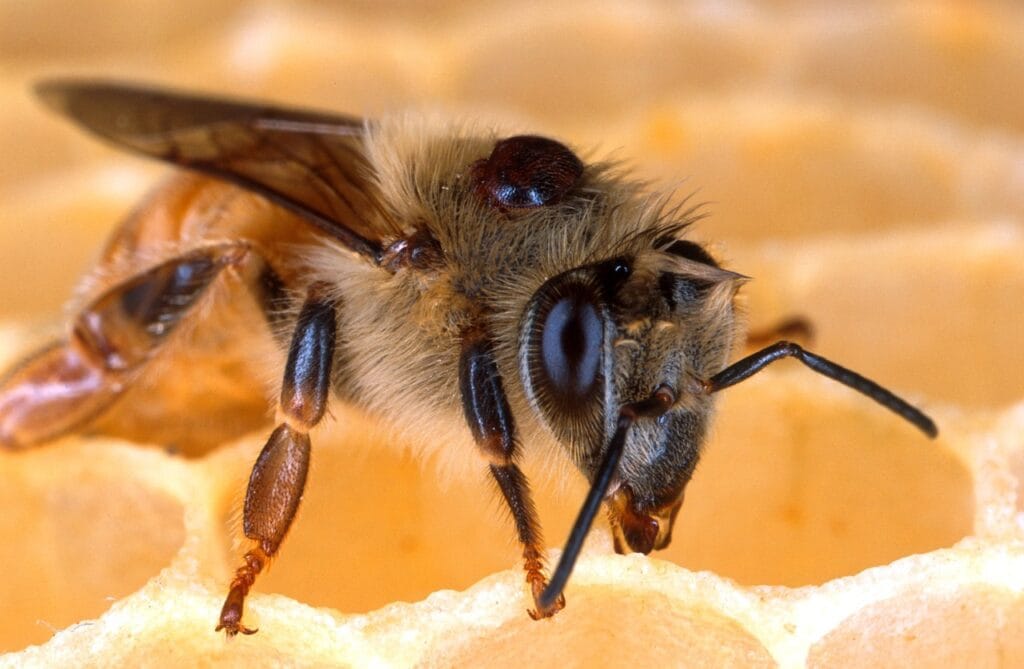Splitting a bee hive—a practice where one strong colony is divided into two—has both benefits and risks when it comes to overwintering.
Its impact on winter survival depends on several key factors, including timing, colony strength, and post-split management.
Potential Impacts of Splitting on Winter Survival
1. Reduced Initial Strength
- Population Drop: Immediately after splitting, both resulting colonies have fewer adult bees, which can make thermoregulation during winter more challenging[1][2][3].
- Shared Resources: Honey and pollen stores are divided, so each colony starts with fewer reserves, raising the risk of starvation if they don’t rebuild sufficient stores by late fall[2][3].
2. Queen Issues and Brood Gaps
- A split often leaves one colony temporarily queenless, requiring it to rear a new queen. This process causes a “brood break” (a period with no new eggs or brood), reducing short-term bee population growth[4][1].
- If requeening fails or is delayed, the colony may not recover enough strength to survive winter[1][5][6].
3. Timing is Critical
- Early vs. Late Splits:
- Avoid splitting weak or struggling hives, as doing so nearly always dooms both to poor overwintering outcomes[4][7][2].
4. Potential Benefits
- Disease and Mite Control: Splitting can reduce varroa mite loads if managed well, potentially leading to healthier overwintering bees[2][8].
- Swarm Prevention: Proactively splitting strong colonies reduces the risk of uncontrolled swarming, which can otherwise leave the original hive too small to winter successfully[4][2].
Best Practices for Successful Overwintering After Splitting
- Only Split Strong Colonies: Ensure the donor hive has abundant bees and stores before splitting[4][2].
- Supplement Feeding: Feed both splits with sugar syrup if natural stores are insufficient, especially in years with weak nectar flow[1][5].
- Speed Requeening: Introduce a mated queen promptly or ensure queen cells are robust to minimize the broodless period[4][7].
- Monitor Closely: Observe splits for signs of queen failure or slow buildup; combine failing colonies before winter if necessary[7][2].
- Aim for Early Splits: The earlier the split in spring or early summer, the more time each colony will have to rebuild[4][2][5].
Summary Table: Effects of Splitting on Winter Survival
| Aspect | Impact if Managed Well | Risk if Poorly Managed |
| Colony Size | Recoverable with time | Remain weak, risk of death |
| Honey & Pollen Stores | Can rebuild with feeding | Insufficient stores, starvation |
| Queen Status | Stable if replaced swiftly | Brood gap, failed requeening |
| Disease/Mite Control | Potential benefit | Not assured without vigilance |
Key Takeaway
Splitting strong colonies early in the season—with attentive management and good resources—can maintain or even improve winter survival rates.
However, splitting late in the year or dividing weak colonies severely impairs a colony’s ability to make it through winter, resulting in higher losses[4][3][2].
Consistent monitoring, feeding, and ensuring successful queen establishment are essential to offset the risks and achieve healthy overwintered colonies.
⁂
- https://deliberateowl.com/blog/bees-splitting-hive-that-survived-winter
- https://www.foxhoundbeecompany.com/blogs/miscellaneous/best-practices-for-how-to-split-beehives
- https://beemaster.com/forum/index.php?topic=41818.0
- https://extension.usu.edu/beekeeping/learn/behavior/splitting
- https://backyardbeekeeping.iamcountryside.com/health-pests/all-about-splitting-a-hive/
- https://theapiarist.org/doing-the-splits/
- https://www.honeybeesuite.com/how-to-make-a-swarm-control-split/
- https://www.reddit.com/r/Beekeeping/comments/1al4me6/did_your_honeybees_survive_winter_if_not_it_was/



